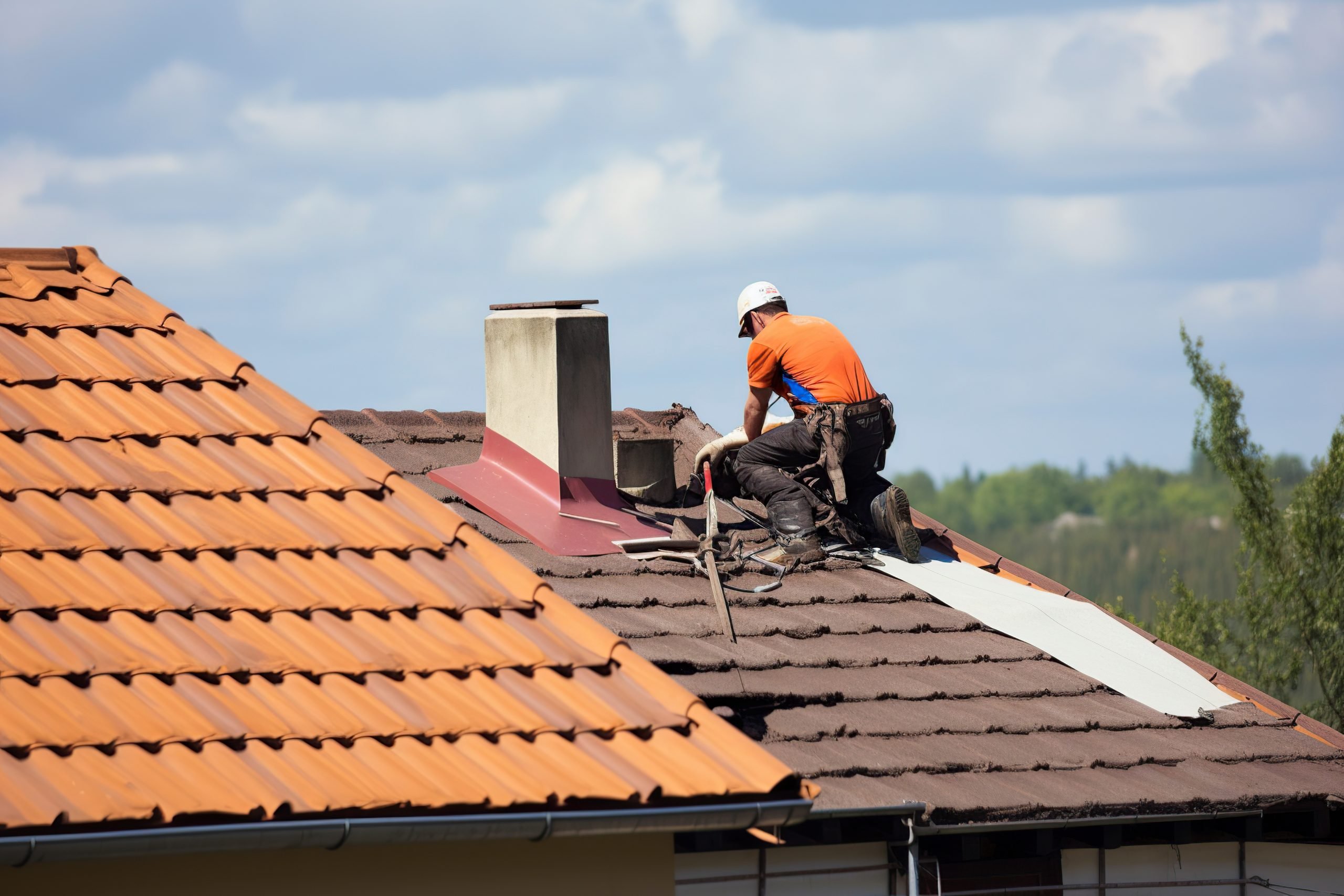Roof Replacement in the UK: A Guide for Homeowners
Roof Replacement in the UK: A Guide for Homeowners
Blog Article
Roof replacement is one of the most important investments a UK homeowner can make. Over time, even the most well-constructed roofs begin to show signs of wear and tear, especially given the often unpredictable British weather. The UK weather can be harsh on roofs, with heavy rain, strong winds and even snow. Homeowners may begin to notice loose tiles, leaks, moss growth, or uneven rooflines-all signs that a roof may be nearing the end of its lifespan. Ignoring such problems can result in internal water damage and insulation issues, as well structural weakness. Replacing a roof in a timely manner not only protects the home but can also significantly increase property value. It is important to know when and how you should replace your roof in order to ensure safety and comfort.
In the UK, most roofs are made with slate, tile, or felt, each with its own lifespan and maintenance needs. Slate roofs, common in older homes, can last up to 100 years but may begin to degrade after several decades if not properly maintained. Also widely used are clay and concrete tiles, which offer a 40-60 year durability. Felt roofs, often seen on flat roofs, generally need replacement after 20 to 30 years. Homeowners should also consider factors such as roof pitch, underlay condition, and ventilation when evaluating roof health. Roof inspections by certified roofers can confirm whether repairs are required or not. Regular inspections can catch early signs of deterioration and help avoid costly damage later on.
In the UK, replacing a roof requires careful planning. This is especially true when selecting materials to meet local weather and building requirements. For listed properties or houses in conservation zones, specific tiles and slates may be required to match the original aesthetic. Beyond aesthetics, the materials must also withstand regional climate conditions, particularly in areas prone to heavy rainfall or strong winds. Homeowners often opt for tiles or slates due to their durability and classic appearance, but modern alternatives such as composite or synthetic tiles are also gaining popularity for their lightweight design and energy efficiency. Replacing a roof is also an opportunity to improve insulation and ventilation, helping to lower energy bills and increase indoor comfort. A good contractor will take all these factors into account and offer guidance on the best solution for each home.
Costs for a Typical roof replacement prices in the UK vary depending on a number of factors, including the type of roof chosen, materials used, and complexity. On average, homeowners can expect to pay between 5,000 and 12,000 for a standard three-bedroom house, although costs can be higher for larger or more complex properties. Labour accounts for a significant portion of this expense, so it's important to choose a reliable and experienced contractor. Ask for written estimates, read reviews and ensure the contractor is certified and insured by an accredited trade association. Some local councils and government schemes offer incentives or financial support for roof replacements to improve energy efficiency. Although the investment can seem steep, a new roof can add substantial value to your home and provide peace of mind for years to come. To receive supplementary details kindly go to https://www.roofadvisor.co.uk/how-much-does-a-roof-replacement-cost-in-the-uk/
When planning to replace your roof, timing is another important consideration. Weather in the UK can be unreliable, so it is recommended that roofing work takes place during mild, dry months, such as early spring or late spring. The project can be scheduled during the best season to reduce the chance of being delayed by rain and storms. The length of time it will take to complete the project is also important. It can range from several days up to two weeks depending on its complexity. During the replacement process, there may be some disruption to daily life, including noise and temporary scaffolding. Proper preparation, such as informing neighbours and making arrangements for pets or small children, can help minimise stress during the project. Communication with your contractor is key to ensuring that expectations and timelines are clearly communicated.
A roof replacement project is an important one that will protect a house's structural integrity, increase its value and boost energy efficiency. UK homeowners must remain vigilant for signs of roof deterioration and act promptly to prevent further damage. With so many materials and contractors available, making informed decisions is vital to achieving the best results. When planning your project, it's important to consider costs, schedules, and warranties. A well-executed replacement roof can bring peace of mind to homeowners for many years, whether it's for aesthetic reasons or because the problem has been present for a long time. By investing wisely and working with experienced professionals, homeowners can ensure that their property remains safe, dry, and attractive regardless of the unpredictable British weather.